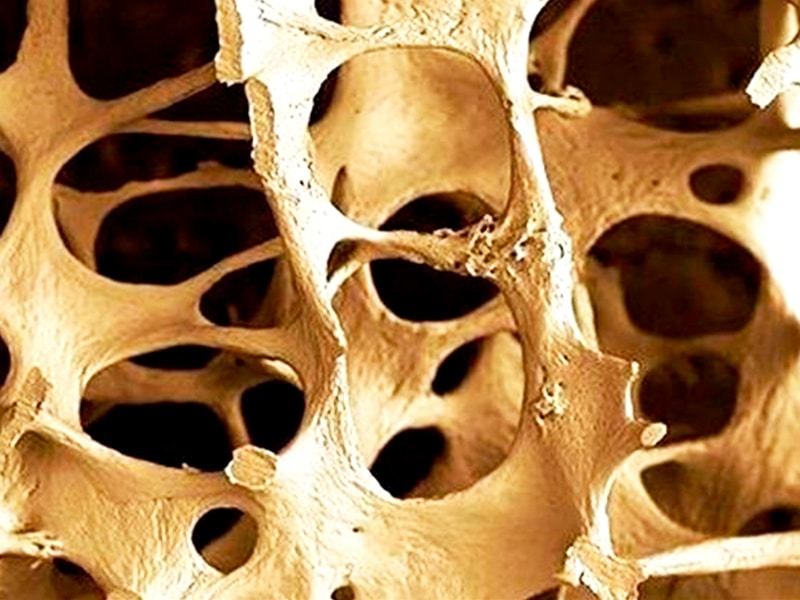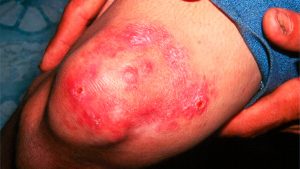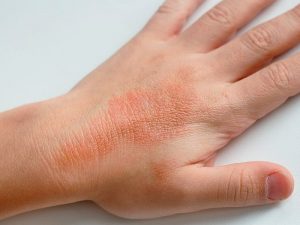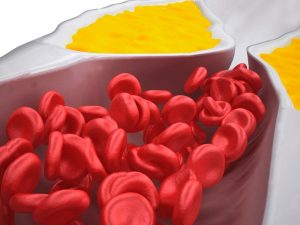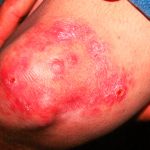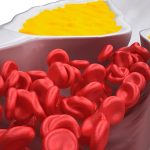As the Chinese general Sun Tzu said, if you “know the enemy and know yourself, then you need not fear the result of a hundred battles”. Knowing yourself is the most important thing. After this, you should know very well your enemy. Osteoporosis is a battle you will struggle with; it is a pathology that affects your whole system’s foundation, the bones. When they start to fail, life becomes more difficult, and activities people regularly do, such as walking, running, dancing or just moving, are difficult to perform.
Osteoporosis appears more in older adults. Age does not come alone; often old age brings deterioration and bone wear. But there are ways to prevent it and prolong a good quality of life. Following a healthy lifestyle and providing the body with the necessary minerals and vitamins when you are young make a big difference in adulthood.
It is estimated that in the United States, osteoporosis is a health threat to more than 44 million women and men aged 50 years or older. According to the International Osteoporosis Foundation, it is estimated that 14 million more people will have the disease by 2020 if they do not take appropriate steps stop this disease.
What is osteoporosis?
Osteoporosis is a disease that causes low bone mass, deterioration of bone tissue and therefore people will have more risk of suffering a fracture. This disease increases the cavities within them, expanding the air inside and making them prone to fractures. Osteoporosis can be so severe that simply coughing can cause a serious fracture.
Osteoporosis Symptoms
Osteoporosis is a disease with no symptoms, but as it progresses and bone fragility occurs, low bone mass and multiple bone fractures occur. Also possible are:
- Back pain, caused by the rupture or collapse of a vertebra.
- Loss of height over time due to vertebral crushing.
- Bent posture caused by pain.
- Repeated bone fractures.
Osteoporosis is linked with menopause because when reaching a certain age bone mass begins to reduce, increasing the risk of suffering from this disease. Upon reaching menopause women stop producing estrogen, a hormone that helps to keep bones strong. Postmenopausal women are most at risk of bone problems (four times more so than men).
What Causes Osteoporosis?
The cause internally is the poor growth of bone. There may be an imbalance between formation of new bone and poor calcium absorption of old bone. Several factors cause this disease; the most common are:
- Old age.
- Weight loss.
- Immobility of the body for a long time.
- Genetic and hereditary factors.
- Hormonal factors.
There are other risk factors that increase the probability of developing osteoporosis, divided into two main categories:
- Modifiable factors
Bad diet or unhealthy life choices: Eating foods that lead to a poor diet and cause weight loss; alcohol, smoking, low calcium intake, eating disorders, vitamin D deficiency and sparse exercise due to a sedentary lifestyle.
- Fixed factors
These come from a genetic origin, including age, sex, ethnicity, family history, menopause, previous fractures and history of hysterectomy.
Prevention of Osteoporosis
Bones are alive and growing constantly. It is necessary to take care of them to ensure proper functioning. To prevent this disease it is essential to maintain a diet rich in calcium and vitamin D, to exercise, prevent falls and to get regular medical checkups with bone densitometry tests.
Proper diet
Try to have a diet rich in calcium. It is essential as it helps reduce the risk of osteoporosis. The amount of calcium consumed depends on age. For people 19 years or older, it is necessary to have 1000 milligrams (mg) a day. Women 51 years or older and all adults 71 years and older should have a daily intake of 1200mg. Recommended products to maintain these levels include:
- Cheese, milk and yogurt.
- Green, leafy vegetables.
- Cereals at breakfast.
- Fish with soft bones such as salmon.
Vitamin D
It goes hand in hand with calcium since it helps absorb it. It is recommended to eat saltwater fish and liver. However, the most significant source of vitamin D is sun exposure, which is why moderate and regular exposure to sunlight is important.
Calcium and Vitamin K
The Dilatational Band Formation in Bone study published in the Proceedings of the National Academy of Sciences of the United States of America magazine reveals that bone loss is not only linked to a lack of calcium but also to a lack of the osteocalcin protein. Lack of this protein increases the risk of fractures since it inhibits calcification, osteocalcin, metabolized mainly by vitamin K, is vital.
You can find vitamin K in green, leafy vegetables such as spinach, broccoli and Brussels sprouts. Lettuce, parsley, avocado, kiwis and some vegetable oils contain this vitamin to a lesser extent. Two tablespoons of parsley or olive oil, which have considerable amounts of vitamin K, is enough to provide the body with the necessary daily amount.
Exercises to Keep Bones in Shape
Limit alcohol consumption, avoid smoking and exercise regularly to promote healthy bones. Exercises that help bones to gain strength and increase density are:
- Dumbbells.
- Walking.
- Jogging.
- Yoga.
- And exercises to promote flexibility and balance.
Additionally, a bone density checkup will help you to know if what you are doing is working. Talk to your healthcare professional about arranging this test.
Basic Osteoporosis Treatment
Basic treatment to slow or prevent the disease’s development aims to maintain healthy bone mass to prevent fractures, reduce pain and maximize the person’s ability to continue with their daily lives. The primary method is a drug therapy that stimulates bone formation and prevents bone fractures. Drugs that fight osteoporosis include:
- Bisphosphonate.
- Selective estrogen receptor modulators such as raloxifene.
- Calcitonin (calcimar, miacalcin).
- Parathyroid hormone and teriparatide.
- RANK ligand (RANKL) inhibitors such as denosumab.

